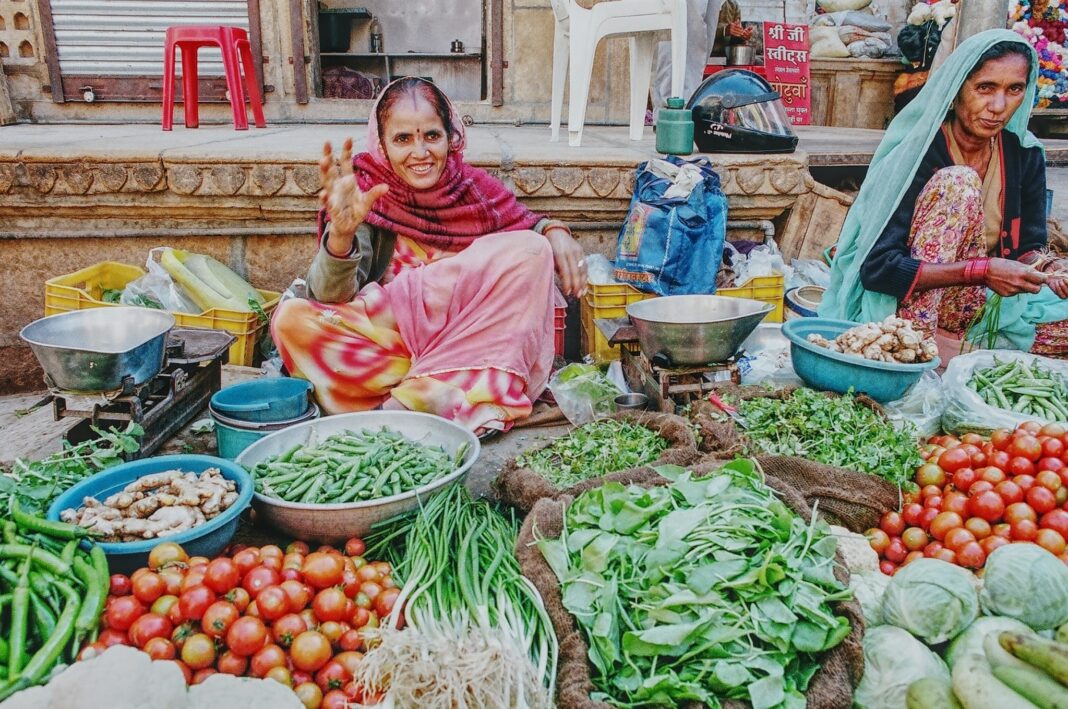India’s retail inflation may have risen in December, led by an unfavourable base, even as food prices declined sequentially. A panel of economists polled by Bloomberg estimated Consumer Price Index-based inflation at 5. 86% in December, compared with 5.
55% in November. Inflation has been within the central bank’s tolerance band of 4% plus or minus 2% for three straight months since September. Kaushik Das, chief economist at Deutsche Ban.
. . India’s retail inflation may have risen in December, led by an unfavourable base, even as food prices declined sequentially.
A panel of economists polled by Bloomberg estimated Consumer Price Index-based inflation at 5. 86% in December, compared with 5. 55% in November.
Inflation has been within the central bank’s tolerance band of 4% plus or minus 2% for three straight months since September. Kaushik Das, chief economist at Deutsche Bank, forecasts December CPI inflation at 6. 03%, led by an unfavourable base.
This will likely keep the CPI index flat in December, compared to a 0. 5% month-on-month increase in November. Food And Beverage Inflation: Sequential Easing Food inflation is set to rise on an annual basis because of the base effect, despite recording a sequential decline.
Rahul Bajoria, chief economist at Barclays, forecasts food inflation to rise to 8. 3% on an annual basis in December, compared to 8. 02% in November, while falling 1.
1% on a sequential basis. The sequential fall is likely to be aided by a sharp correction in the prices of onions and tomatoes and early signs of easing momentum in prices for pulses, cereals, spices and sugar—the other staples that have been driving food inflation in the past few months, Bajoria said. After rising sharply in November, retail prices of onions have begun cooling down and are gradually retracing back to October levels, according to high-frequency data by the Department of Consumer Affairs.
The government extended the export ban on onions until March 2024 to ensure the availability of onions to domestic consumers at affordable prices, as stated in a press release. The government took the decision, taking into account delays in Kharif arrival, the quantity of onions exported and global situations such as trade and non-trade restrictions imposed by major suppliers such as Turkey, Egypt and Iran, it had said. The truckers strike, too, has curtailed food supplies in some parts of the country, which may be reflected in the January CPI print, Bajoria said.
For pulses, increased imports and reduced demand—particularly for tur dal, which experienced a surge in prices—have contributed to the stabilisation of supplies, said Bajoria. In the case of sugar, the government has also intervened. Still, with lower output expected this year based on advance estimates of kharif production, upward price pressure on both pulses and sugar may remain in the near term, he cautioned.
Lower Price Rise Ahead With the base effect becoming more favourable from January and as vegetable prices continue to fall during the winter months, aided by the arrival of new crops, CPI inflation may likely moderate to a 5. 0% average in January–March 2024, said Deutsche Bank’s Das. The RBI forecasts inflation at 5.
2% in the January–March quarter. .
From: bloombergquint
URL: https://www.ndtvprofit.com/economy-finance/cpi-preview-indias-retail-inflation-may-have-picked-up-in-december



